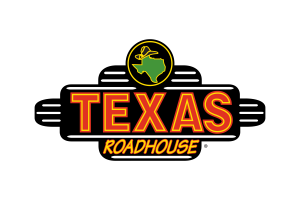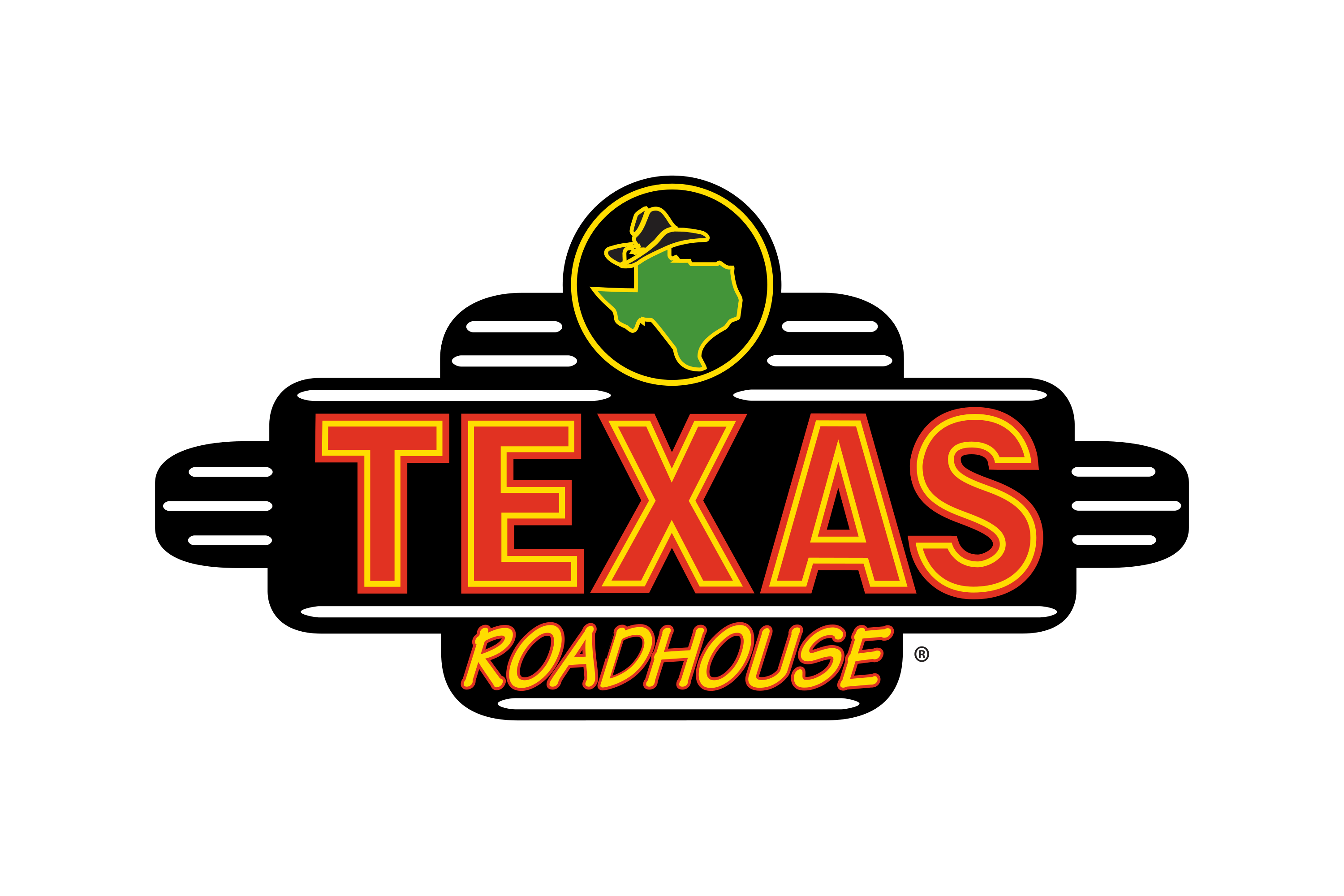Texas Roadhouse is a publicly traded company listed on the NASDAQ stock exchange.

Industry: Restaurants
Founded: February 17, 1993
Country of origin: USA
Type of company: Publicly Traded
Trading as: TXRH (NASDAQ)
Website: www.texasroadhouse.com
Known for its hand-cut steaks, fall-off-the-bone ribs, and made-from-scratch sides, Texas Roadhouse emphasizes a unique dining experience with a Western theme.
Current ownership structure
Texas Roadhouse is a publicly traded company, with shares available on the NASDAQ stock exchange under the symbol TXRH.
The company is primarily held by institutional investors, with the following companies being the largest shareholders as of November 2023:
- BlackRock Inc.: 9.82%
- Vanguard Group Inc: 9.77%
- State Street Corporation: 2.74%
- Wellington Management Group, LLP: 2.71%
- Nordea Investment Management AB: 2.67%
Previous ownership of Texas Roadhouse
- 1993: Founded by W. Kent Taylor in Clarksville, Indiana.
- October 2004: Texas Roadhouse goes public with an initial public offering (IPO).
- 2021: Founder W. Kent Taylor passes away. At the time of his death, he was the largest shareholder.
How Many Texas Roadhouse Restaurants Are There?
- Total Restaurants: 722 locations.
- Company-owned Texas Roadhouse: 573 locations.
- Company-owned Bubba’s 33: 43 locations.
- Company-owned Jaggers: 7 locations.
- Domestic Franchise Texas Roadhouse: 54 locations.
- Domestic Franchise Jaggers: 1 location.
- International Franchise Texas Roadhouse: 44 locations
Numbers are correct as of October 2023.
Competitors of Texas Roadhouse
Texas Roadhouse operates in a highly competitive casual dining sector, facing competition from several well-established chains. Key competitors include:
- Outback Steakhouse: Known for its Australian-themed steakhouse concept, Outback Steakhouse directly competes with Texas Roadhouse in the steakhouse segment, offering a similar range of steaks and other dishes.
- LongHorn Steakhouse: Part of Darden Restaurants, Inc., LongHorn Steakhouse is another significant competitor, known for its American West-themed restaurants and a wide variety of steaks and other Western fare.
- Applebee’s: While not a steakhouse, Applebee’s competes in the broader casual dining sector, offering a diverse menu that appeals to a similar customer base.
- Chili’s Grill & Bar: Chili’s, known for its Tex-Mex-inspired menu, is a competitor in the casual dining market, attracting customers with its variety of choices and a casual dining experience.
- Buffalo Wild Wings: Specializing in wings and a sports bar environment, Buffalo Wild Wings competes for the same casual dining customers, particularly those interested in a more relaxed and sports-oriented atmosphere.
- Cracker Barrel: Known for its Southern-themed menu and old-country store, Cracker Barrel attracts a similar demographic looking for a family-friendly dining experience.
Market Position of Texas Roadhouse
Texas Roadhouse holds a strong position in the casual dining sector, characterized by a few key aspects:
- Brand Identity: Known for its lively atmosphere and quality steaks, Texas Roadhouse has carved out a unique identity in the market. Its Western theme and commitment to quality have helped it stand out from competitors.
- Menu and Pricing Strategy: The focus on hand-cut steaks, made-from-scratch sides, and a consistent menu across locations has been central to its appeal. The pricing strategy, aimed at offering value for money, attracts a wide customer base.
- Customer Loyalty and Experience: Texas Roadhouse has cultivated a loyal customer base through its focus on customer service and a family-friendly environment. The dining experience at Texas Roadhouse, with its interactive staff and consistent quality, contributes significantly to its market position.
- Financial Performance: Despite market challenges, including the COVID-19 pandemic, Texas Roadhouse has shown resilience in its financial performance. Its growth strategy, including expanding to international markets, reflects a strong position in the industry.
History of Texas Roadhouse
The Beginnings and Vision (Early 1990s)
- 1993: Texas Roadhouse was founded by W. Kent Taylor in Clarksville, Indiana. Taylor’s vision was to create a steakhouse that offered a unique, Texas-themed dining experience, complete with hand-cut steaks, a lively atmosphere, and a focus on high-quality American cuisine. This concept was designed to stand out in the competitive casual dining industry.
Early Expansion and Building the Brand (Late 1990s to Early 2000s)
- Late 1990s: The success of the initial restaurant led to rapid expansion. Taylor’s focus on a family-friendly atmosphere, quality food, and consistent service became the cornerstone of the brand. Each new location was carefully designed to replicate the warm and inviting ambiance of the original.
- Early 2000s: As the brand continued to grow, Texas Roadhouse cemented its identity. Known for its hand-cut steaks, fall-off-the-bone ribs, and made-from-scratch sides, the restaurant quickly became a popular destination for casual dining across the United States.
Going Public and Further Expansion (2004)
- October 2004: In a move to accelerate growth and expansion, Texas Roadhouse went public with an initial public offering (IPO). This transition marked a new chapter, enabling the company to leverage additional capital for expansion and also diversifying its ownership structure.
National Recognition and Market Consolidation (2005-2010)
- 2005-2010: The post-IPO era saw Texas Roadhouse expanding its footprint nationwide. The brand became synonymous with quality steaks and a unique dining experience. During this period, Texas Roadhouse also strengthened its operational model, focusing on staff training, customer service, and maintaining the quality of its food offerings.
International Expansion and Diversification (2011-Present)
- 2011 onwards: Marking a significant milestone, Texas Roadhouse began its international expansion, introducing its distinctive dining concept to a global audience. This expansion included opening restaurants in the Middle East, Asia, and other regions, adapting its menu and services to cater to diverse international tastes while maintaining its core American steakhouse identity.
- Recent Years: In response to the evolving dining industry and consumer preferences, Texas Roadhouse has embraced technological advancements, including online ordering systems. The brand has also diversified its menu to include more options, catering to a wider range of dietary preferences.

